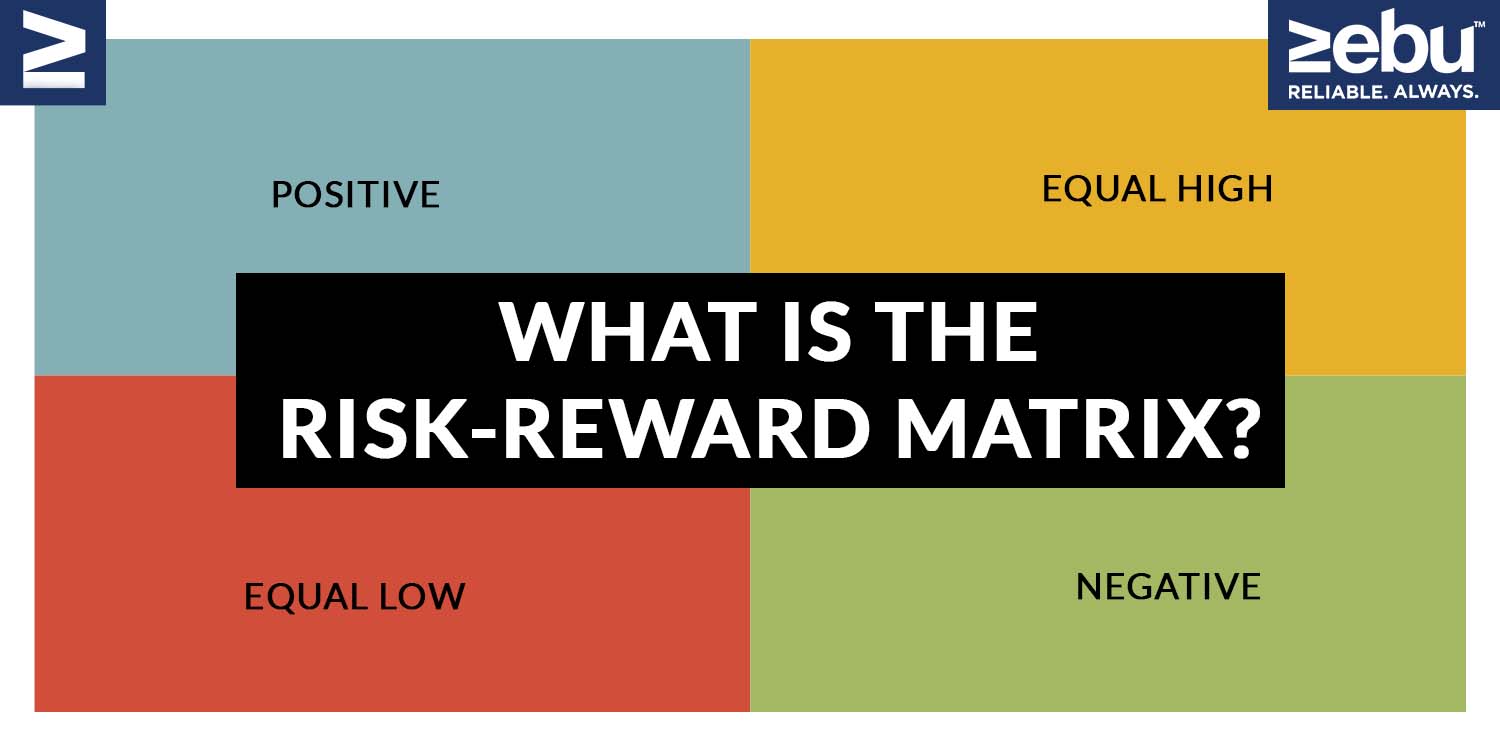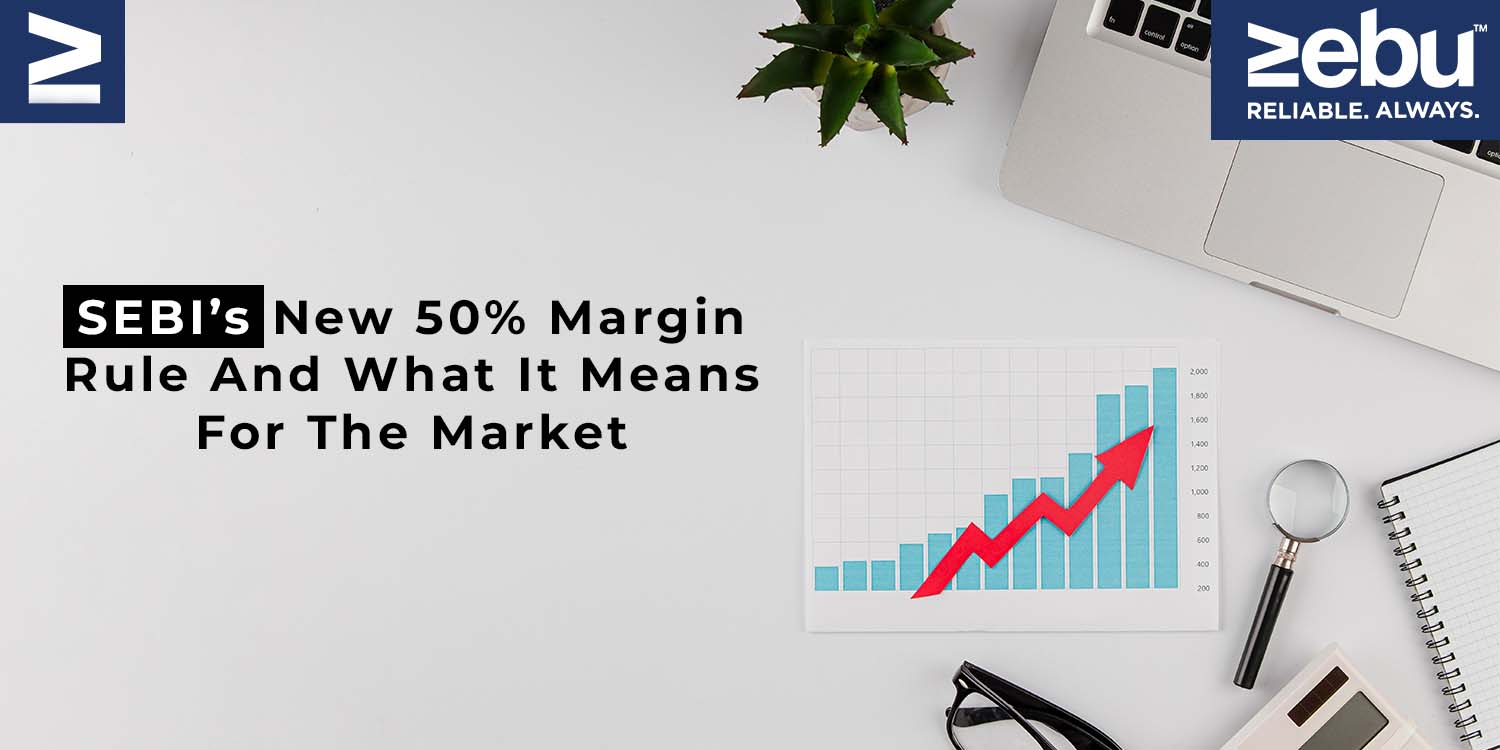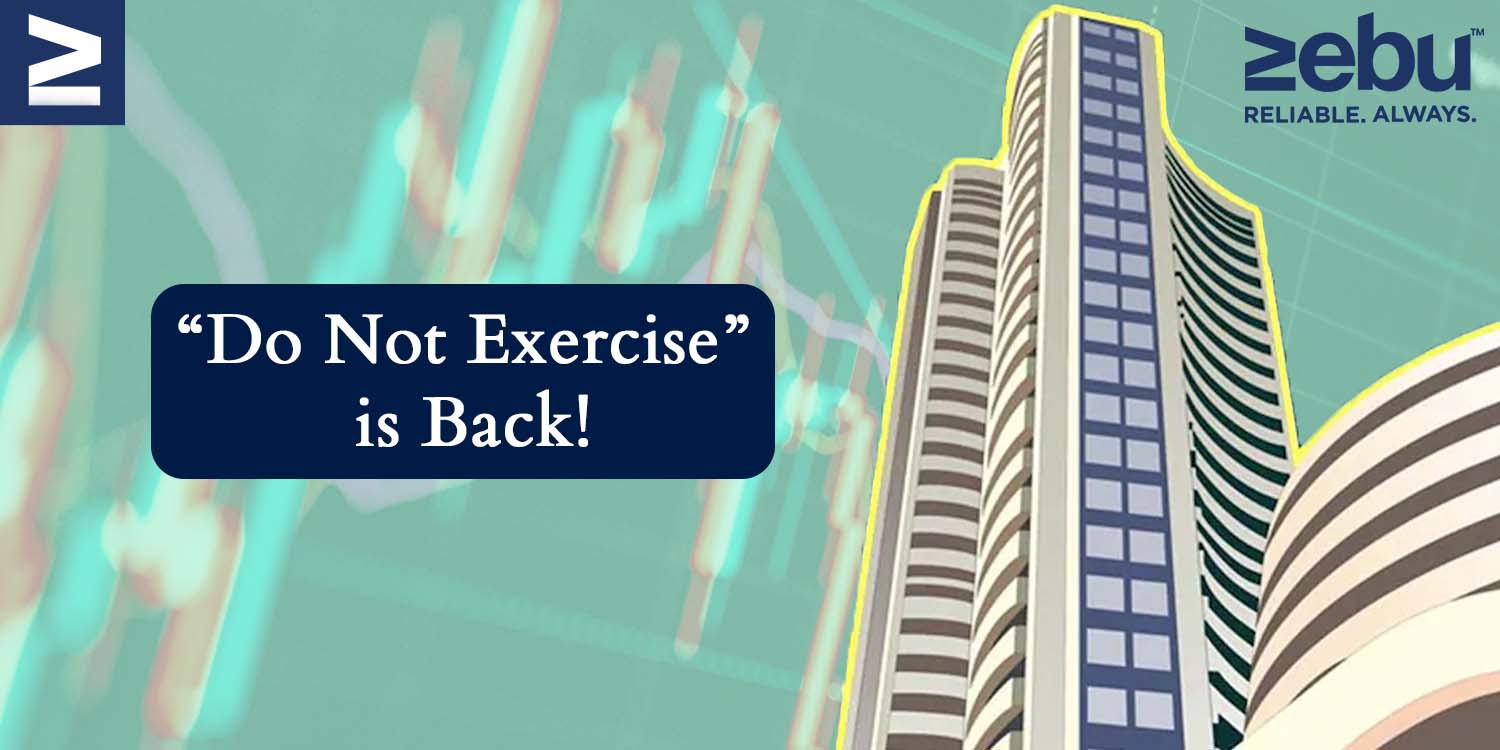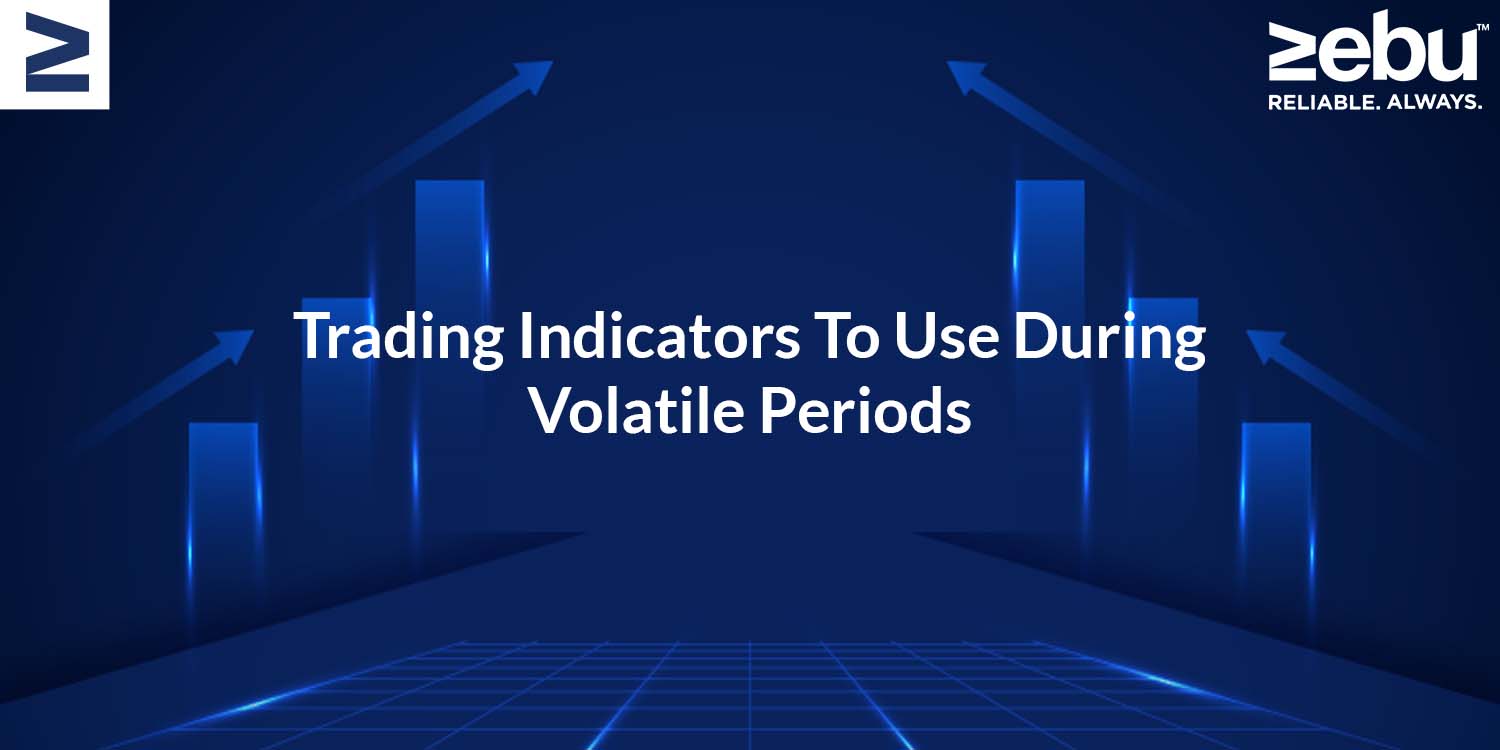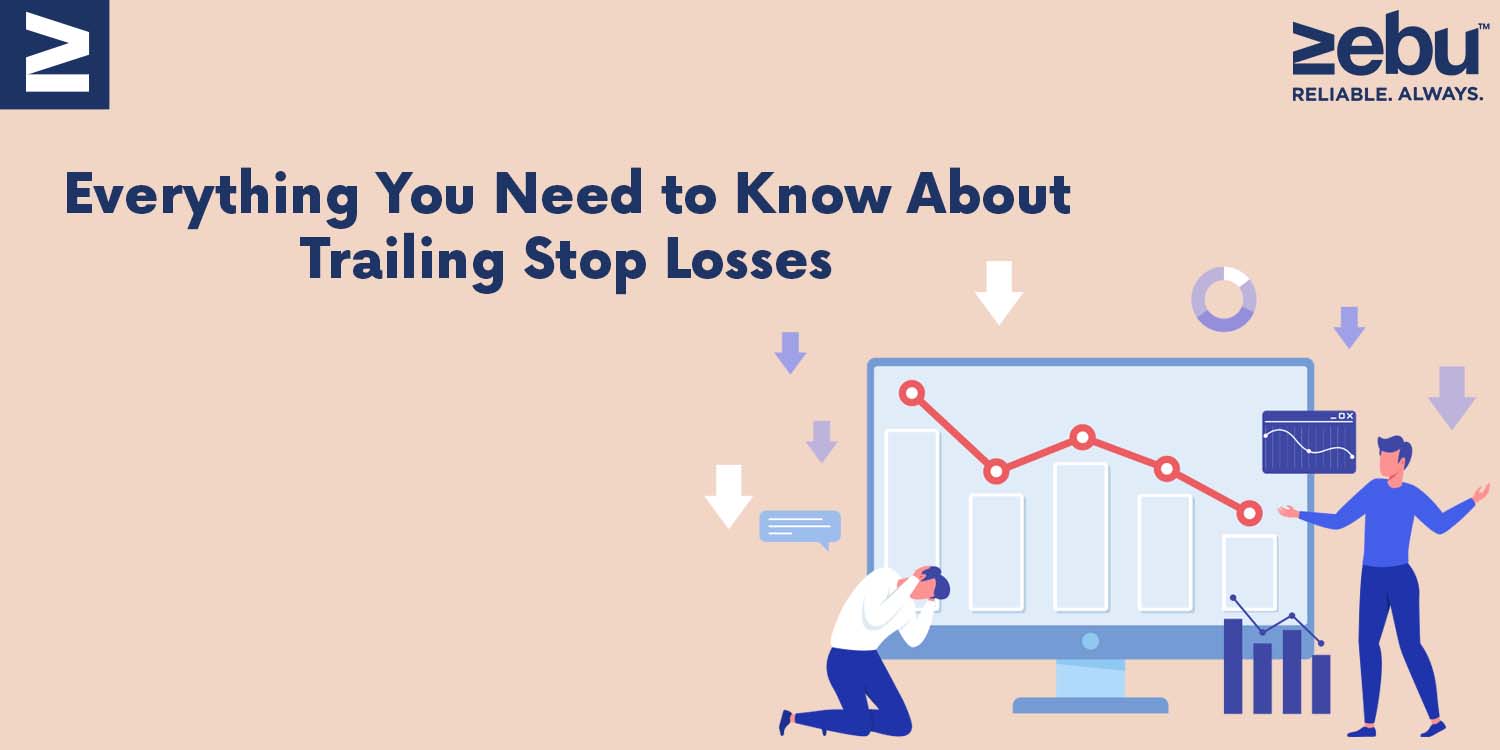
When it comes to investing, stock trading gives more weight to short-term profits than long-term ones. It can be dangerous to jump in without knowing what to do.
How do you trade stocks?
When you trade stocks, you buy and sell shares of companies to make money off of daily price changes. Traders keep a close eye on these stocks’ short-term price changes and then try to buy low and sell high.
Traditional stock market investors tend to be in it for the long term, while stock traders focus on the short term.
If you trade individual stocks at the right time, you can make quick money, but you also risk losing a lot of money. The fortunes of a single company can rise faster than the market as a whole, but they can also fall just as quickly.
If you have the money and want to learn how to trade, you can trade stocks quickly from your computer or phone thanks to online brokerages.
Ways to trade stocks
There are two main ways to trade stocks:
When an investor makes 10 or more trades per month, this is called “active trading.” Most of the time, they use a strategy that depends heavily on timing the market. They try to make money in the coming weeks or months by taking advantage of short-term events (at the company level or based on market fluctuations) like results, RBI policies and global economic events.
Day trading is the strategy used by investors who buy, sell, and close their positions in the same stock all on the same trading day. They don’t care much about how the businesses they’re investing in work. The goal of a day trader is to make some money in the next few minutes, hours, or days by taking advantage of price changes that happen every day.
How to buy and sell stock
If you’re new to trading stocks, you should know that most investors do best by keeping things simple and putting their money in a mix of low-cost index funds. This is the key to long-term outperformance.
So, if you want to trade stocks, you need to do five things:
1. Get a trading account
To trade stocks, you need to put money into a brokerage account, which is a special kind of account made for holding investments. You can open an account with Zebu in just a few minutes if you don’t already have one. But don’t worry, just because you open an account, you’re not investing your money yet. It just lets you know that you can do it when you’re ready.
2. Set a stock trading budget
Even if you’re good at trading stocks, putting more than 10% of your portfolio in a single stock can make your savings too vulnerable to changes.
If you want to start investing, you could start by putting away Rs 2,000 a month. When you have Rs 2,000, you could put Rs 500 into an investment. Think of the Rs 500 you don’t invest as a parachute. It might not be necessary, but it’s there just in case. Other things to do and not to do are:
Trade with the money that you can afford to lose.
Don’t spend money that you need to use soon for things like a down payment or school.
Cut that 10 percent if you don’t have a good emergency fund and aren’t putting 10 to 15 percent of your income into a retirement account.
.3. Figure out how to use market orders and stop orders
Once you have a brokerage account with Zebu and a budget, you can use the website or trading platform to buy and sell stocks. You’ll be given a number of order types to choose from, which will decide how your trade goes. In our guide on how to buy stocks, we explain these in more detail, but here are the two most common types:
Market order: The stock is bought or sold as soon as possible at the best price.
Limit order: Buys or sells the stock only at a price you set or higher. For a buy order, the limit price is the most you’re willing to pay, and the order will only go through if the stock’s price falls to or below that amount.
4. Use a “paper trading account” to get some practice
Try investing in the market without putting any money in it yet to see how it works.
Choose a stock and keep an eye on it for three to six months to see how it does. You can also learn about the market with the help of tools like online paper trading. Customers can test their trading skills and build a track record with stock market simulators before putting real money on the line.
5. Use a good benchmark to measure your returns
This is important advice for all investors, not just those who are very active. When picking stocks, the main goal is to beat a benchmark index. That could be the Nifty 50 index, which is often used as a stand-in for “the market,” the Sensex, or other smaller indexes made up of companies based on size, industry, and location.
Measuring results is very important, and if a serious investor can’t beat the benchmark, which is hard for even professional investors to do, it makes financial sense to invest in a low-cost index mutual fund or ETF, which is basically a basket of stocks whose performance is close to that of one of the benchmark indexes.
And these are the basic dos and don’ts for beginner traders. Stay tuned for more on this subject.

